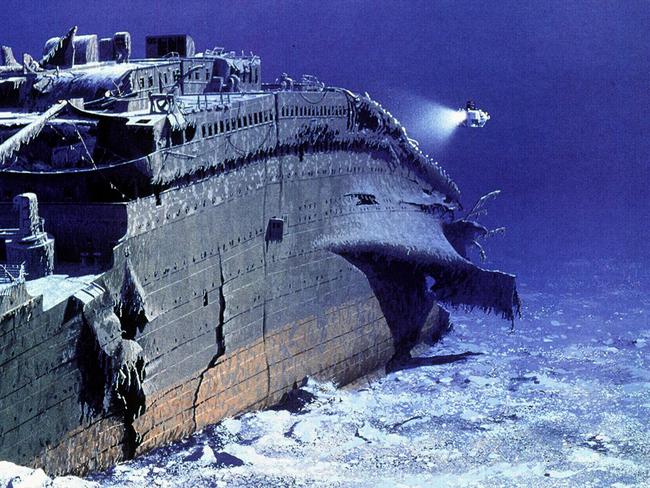The Titanic wreckage may completely vanish by the year 2030
THE once grand Titanic has been sitting 3800m below the surface of the North Atlantic Ocean since 1912. But it could soon disappear.
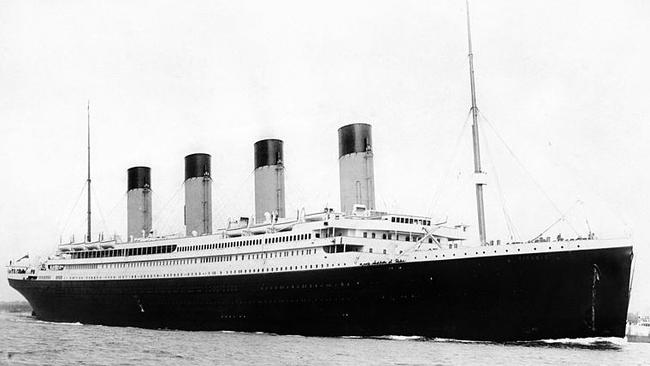
THE wreckage of the Titanic could disappear completely by 2030, all because of “hungry” bacteria in the ocean.
The once grand Titanic has been sitting 3800m below the surface of the North Atlantic Ocean since 1912 — after it hit an iceberg and sank, reports The Sun.
However, because of how deep the wreckage laid, it stayed well preserved until it was finally found in 1985.
While it has been more than 30 years since the wreck was discovered, now scientists don’t think the remains of the ship have much time left.
While the deterioration has slowed, in 2010 proteobacteria were found on rusticles that had been recovered from the wreckage.
Scientists named the new bacteria ‘Halomonas titanicae’ — but this new bacteria could mean the end is nigh when it comes to the Titanic’s remains.
Recent estimates predict that by the year 2030 the ship may be completely eroded.
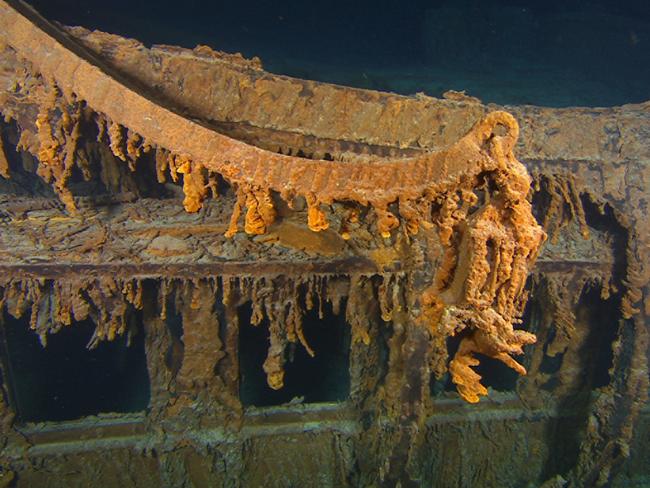
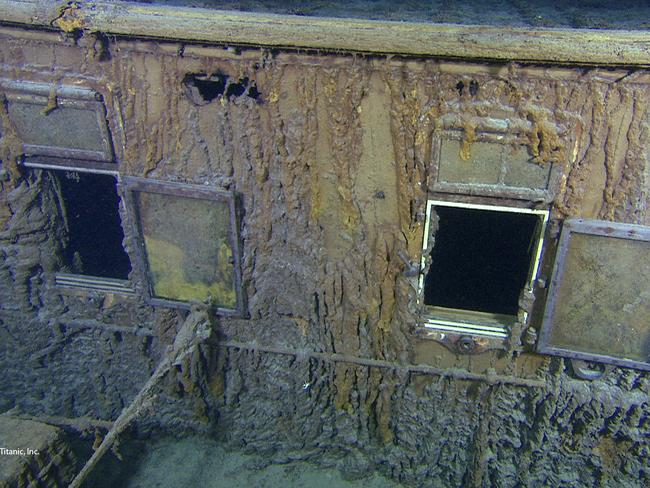
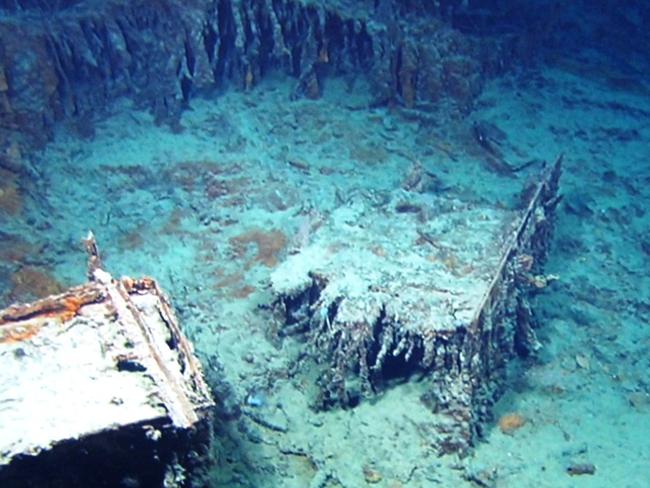
Where the Titanic sits, the water salinity lies at 3.5 per cent, meaning that it’s easy for the bacteria to survive.
Scientists guessed that the wreckage would disappear eventually, but didn’t think it would be so soon.
However, considering the ship’s infamous story and all of the media attention surrounding it, it is unlikely that the ship will be forgotten any time soon — even if nothing remains of it.
And while the ship’s wreckage may be deteriorating, items from the ill-fated ship are still fetching high prices at auction.
Back in October, a rare key which opened a life jacket cupboard on board the Titanic was sold at auction for £85,000 ($A144,000)
It was one of more than 250 items from the perished ship sold in Devizes in Wiltshire and was one of the biggest involving Titanic memorabilia.
The key was used by 23-year-old Sidney Sedunary from Southampton who was working on board the ship as a steward and it helped save lives as the liner sank on its maiden voyage in 1912.
A spokesman for the auctioneer confirmed the item had been sold to a UK bidder.
The price reflected its rarity and the fact its provenance to April 15, 1912 could be traced.
A letter written by the ship’s assistant surgeon John Simpson saying goodbye was also sold for £37,000 ($A63,000).
This article originally appeared in The Sun.
